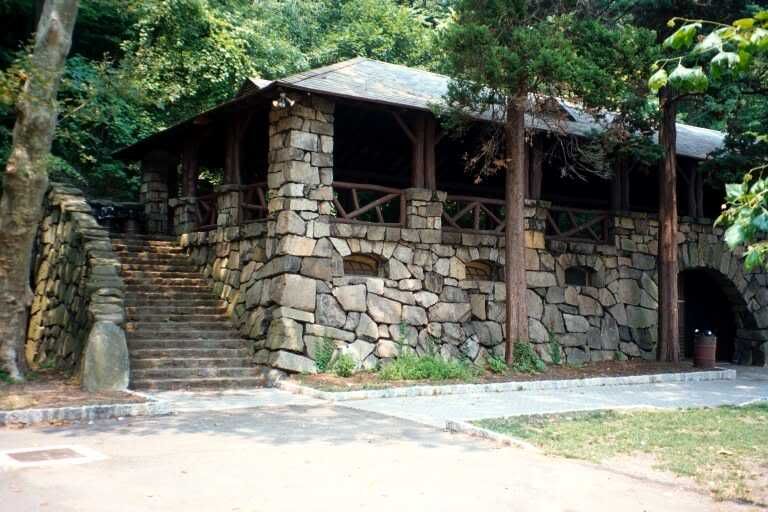Tuesday, June 16, 2015
The "Eighteen Families" of Loveno Grumello II
I had put up a piece years ago entitled 'The "Eighteen Families" of Loveno-Grumello', and I wanted to put a sampling of Camunian surnames from the comunes that my grandparents came from before migrating to the Ironwood-Hurley area along the Montreal River. "Loveno Grumello" are two villages within the comune of Paisco Loveno, which are both under one administration. There are only 199 inhabitants today in Paisco Loveno, which is made up of the villages of Ardinghelli, Case del Longo, Case di Bornia, Grumello, Loveno, and Perdonico. The comune of Prestine has 390 inhabitants today. Some of the old family names have disappeared into one of the big Italian or European cities, or into the United States, Canada, Argentina, etc.
Surnames today in Paisco Loveno include Armeni, Baldoni, Berardi, Bordoni, Bressanelli, Brianza, Brunelli, Calufetti, Caluffetti, Calvetti, Capelli, Caratti, Catotti, Chiapparini, Cicchitti, Contenti, Curcelli, Degani, Ferrari, Filafusi, Fioroni, Franchini, Ghenzi, Ghirardi, Lucchi, Mansini, Manzini, Marzi, Mascherpa, Mastaglia, Mastiglia, Mattia, Mitterpergher, Moraschetti, Morelli, Moreschetti, Moreschi, Moreschini, Omassoli, Palazzi, Pangrazio, Pantaleoni, Salvetti, Somenzi, Sorosina, Zigliana, and Zucchi.
Surnames today in Prestine include Abarelli, Avanzini, Ballerini, Bellicini, Bettoni, Bomtempi, Bontempi, Bonali, Canossi, Corbelli, Cominini, Corini, Danioli, Domenighini, Ducoli, Fanti, Fumagalli, Ferrara, Giarelli, Giorgi, Grassini, Iannucci, Imperadori, LaFfranchini (LaFranchini?), Laini, Monchieri, Martinelli, Menolfi, Morandini, Mulattieri, Orsatti, Panizzoli, Panteghini, Pedretti, Pessina, Poli, Quaglino, Rebaioli, Romagnolo, Romelli, Ruffini, Sacchet (Saccheti or Sacchetti?), Salvetti, Scarsi, Scolari, Stabile, Santicoli, Trombini, Tottoli, Tagazzini, Tapini, Troletti, Vaoltropini, Vezzoli.
.
Labels:
Camunian heritage,
surnames,
Val Camonica
Subscribe to:
Post Comments (Atom)


My grandfather Baptiste Baldoni came from this area. His passport reads Loveno Grumello. I have not been able to find much information on these villages and life there. Have you?
ReplyDeleteSorry I didn't get back to this quicker. As far as I have been able to understand, many of the Alpine villages in this region have been depopulated over time. They were once very remote, despite being relatively close to the large cities to the south. I've written a lot about certain aspects of Camunian history. In general, life there over time, say the last 150 years, was probably very similar to the 'From Switzerland to West Marin' article I posted years ago. Other than being a culturally Lombard area in Switzerland, north of Milan, the essential way of live was the same during that time.
DeleteThat could give at least some clues. During the Middle Ages when the Brescia province was under Venetian and Papal rule, the Camunians were considered (and propagandized) as being 1) A gregarious people who had the nerve to "dance on Sundays"; 2) A place where native pagan traditions were strong (it's estimated that about 10,000 out've of 30,000 inhabitants were of the local flavor of Stregheria and not Catholic); 3) The people were like somehow scary and scared (almost certain just propaganda for a pretext to inquisition). Mining was the big industry there for centuries, and later it became more of a barren yet beautiful and impoverished region.
As far as I can tell, people from there who wanted to leave for the U.S., traveled down to Brescia and then across the countryside to Genoa, where they traveled by sea to either Bordeaux or somewhere in Scotland, and next took a ship to either New York or Boston, or more likely to Chicago by sea and moved to locations mostly in the Midwest and Great Lakes such as Duluth where there was work available; also especially to Monongahela, PA. Others ended up in the Pacific Northwest somehow.
Historically, the place was so isolated that they have their own sub-dialect of the Brescian dialect (of East Lombard, of the Lombard language). There seems to be many similarities and folklore to other isolated mountain peoples such as the Basques or Carpathians; colorful people by nature. A couple of my great-grandfathers were great builders who could construct a house, a good house, from the ground up by themselves. That could give some clue as to the self-sufficiency of those people back them. Dairy farming was another industry that would have been important. There's a certain magical essence about the Camunians.